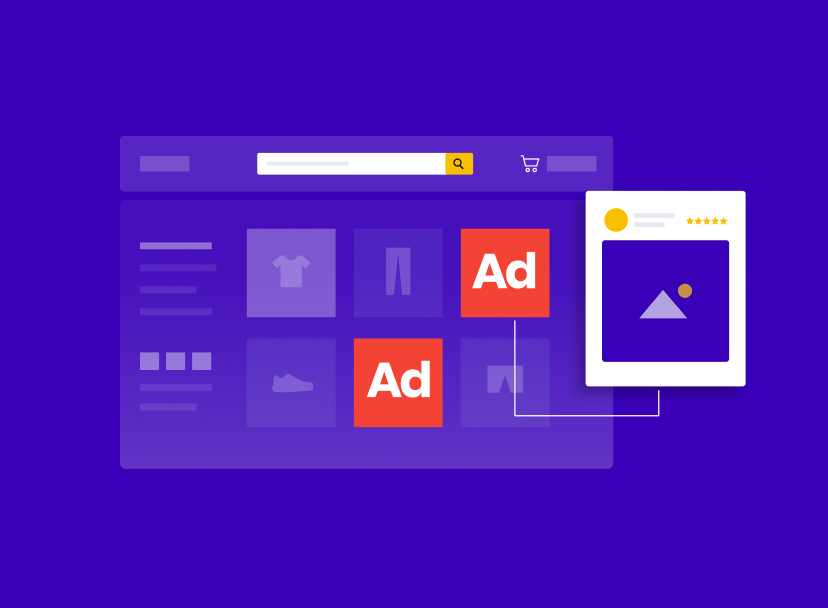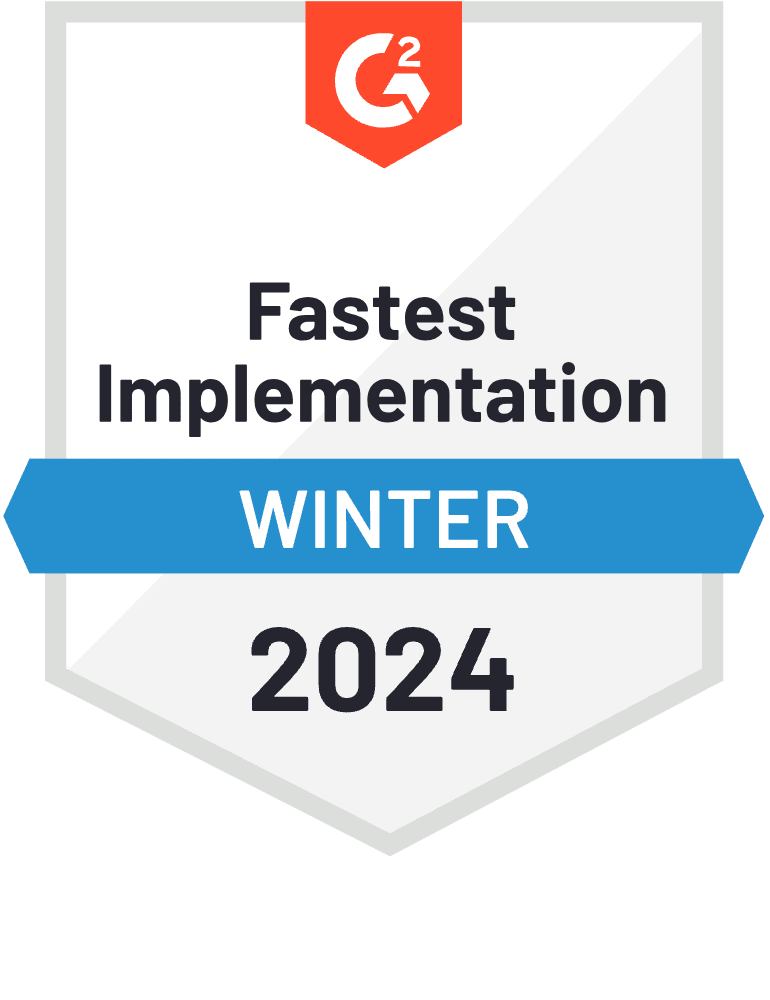Speaker Info

Jon Biggs
Chief Media Buyer,
DFO Global
What are the ingredients of high quality content
eCommerce brands today are putting a lot of effort into testing and optimizing their ads. After all, finding new angles to present a value proposition can help create differentiation and brand recall in an industry full of me-too products. There is no secret formula that works in every situation, though.
Moreover, a typical marketing campaign has multiple moving parts – creatives, finding the right channels, and analytics. How does one determine what works and what doesn’t? The common denominator to all of the above is understanding who the customer is and what their needs really are.
Jonathan Biggs, Chief Media Buyer at DFO Global, has made it his life’s mission to help companies and brands grow. As someone who “live(s), sleep(s) and breathe(s)” creative testing everyday, Jonathan has a rich perspective on the core components of creative design and the role of technology.
He shared some of his insights and learnings with Rocketium’s Satej Sirur on the latest episode of Spilling the Magic Beans.
How to Leverage Performance Data to Discover Unmet Needs and Optimize Ad campaigns Performance
Whether your goal is customer acquisition, engagement or conversion, “creative is probably the most important thing,” John says. Unless people are actively searching for your product by name, you need to work hard to find the creative-media combination. He likens it to “kind of stopping people in the middle of the highway to try and sell them something on the side of the road.”
To make people stop scrolling and pay attention, the creative must focus on their “pain points, what words, what terminology they're using… to make it resonate with them” and make them say, “oh yeah, that's me.”
Jon prefers to look for “directional significance as opposed to statistical significance” in order to quickly decide which creative concepts to test. This approach helps him overcome some of the tracking difficulties marketers are facing lately.
Here are some of John’s top tips and tricks to optimize ad campaigns and drive ROI:
1. Track Amazon Reviews for user experience insights
According to Jon, Amazon reviews can be a great starting point to really understand customer pain points, more so if you are a startup.
“Look at the five stars and the one star….see what people like, why they're buying the product (and) see what people are upset with,” John says.
These data points can form the basis for testing new creative concepts aimed at addressing objections at the consideration stage. “So those are more like on a retargeting campaign or concept that we'd be looking to overcome those objections in a separate test,” John explains.
2. Leveraging performance data efficiently:
John rates Facebook as “probably the best place to test just because you can get the cheapest (ads) depending on what objectives you want to go after.” He’s also a big fan of the dynamic creative ‘breakdowns’ feature within Ad Manager, which enables him to “go broad” with “four or five different (creative) versions” for different campaign objectives.
He points out that testing has become harder with the change of conversion tracking rules for iOS14 and Facebook (72-hour window for displaying performance data which has since been removed).
“But then after the three days…all the ones they missed that you'll just see, show up in Ads manager,” John says. That’s why John and his team start analyzing the data to find headline-text combos that might work. “Then I’ll kind of pull out whatever those top ones were,” John continued. He uses the post IDs to pick out combos with the highest potential. “You click little timestamps (and) you can pull the actual post…that have been kind of proven and you'll test those against each other.”
This data can be used for “more than just targeting audiences,'' John says. He also uses it to optimize ad budgets for “both our control and scaling campaigns”.
3. Key campaign metrics to monitor:
John emphasizes the need to focus on the right metrics to measure campaign performance. Of course, historical data such as the number of views and columns are important. However, custom metrics can provide a whole new perspective when it comes to driving engagement.
“We'll do the three-second video views per impression, that ratio.” The metric allows brands to understand the actual engagement generated by an ad as opposed to an auto-playing video.
Jon says a view rate of 30% is “typical”. However, to create real engagement, the view rate needs to be “in the 40% to 50%” range. This is where “Facebook is going to reward you because they want engaging content on their platform.” Is there an upper limit to this? Jon says, “I haven't really seen too many that have been able to get over 50%…our CPMs drop pretty significantly once you get above that.”
In addition to three-second video views, the other important metrics for John are total impressions, clickthrough rate, and average watch time. Of these, analyzing the clickthrough rate is important to identify the drop-off point and run tests on that portion of the creative to possibly increase the engagement time.
“So you kind of want to look at where the drop off is to say, like, okay, everyone's leaving right here…what can we test in that part and change to kind of keep them on the video a little bit longer?” Johnathan says.
4. Cross-platform analytics:
John replies in the affirmative on being asked whether there was any utility in cross-platform analytics. He points out that testing the same creative across multiple platforms “definitely in like (Facebook) Stories, placements or (Instagram) Reels… would be valuable if you were able to segment out just those placements and how they performed.”
This is because tools are now available which allow you to export existing TikTok content and “run on Facebook and they do okay”.
However, he clarifies that it is organic content designed exclusively for each platform that works best. John believes that marketers need to focus on comparing and tagging other data points other than those available on the platforms themselves.
John currently relies on spreadsheets to compare “copy and whatnot and just kind of like sifting through reports.” However, he warns that it was “a pretty manual process and time(consuming).”
The benefits, though, outweigh the results. “There's always stuff you can do to help optimize campaigns. So all those things fall into that category,” he adds.
5. Creative optimization
Most brands are rather optimistic about the creatives used in their campaigns. There is little effort made to experiment even though creatives are estimated to drive between 40% and 70% of the performance of a campaign. John says that brands need to avoid the tendency to randomly run creatives saying “it didn't convert. Give us another one.”
He draws attention to the cost implications of this approach. “I think there's a lot of wasted money that's happening because of that,” he states matter-of-factly. He says that as platform-targeting algorithms get better and better “creative seems to be like the last thing that you can control.”
So much so that “the more restrictions you put on the algorithm, the more expensive your CPMs are going to be”, he explains.
Final thoughts
It is quite clear from the conversation that brands have no choice but to focus on “creatives at the analytics level and then using that to optimize” as John puts it. Platforms like Facebook Ad Manager already offer comprehensive analytics on campaign performance today. New algorithms capable of optimizing targeting parameters have already been introduced.
If there’s one thing that isn’t readily available on the platform, it is personalized creatives. The strategic use of creative automation for developing and scaling creatives for different cohorts could be the next big opportunity for brands to drive engagement and conversion.













